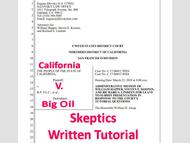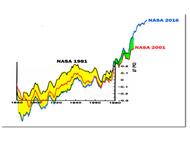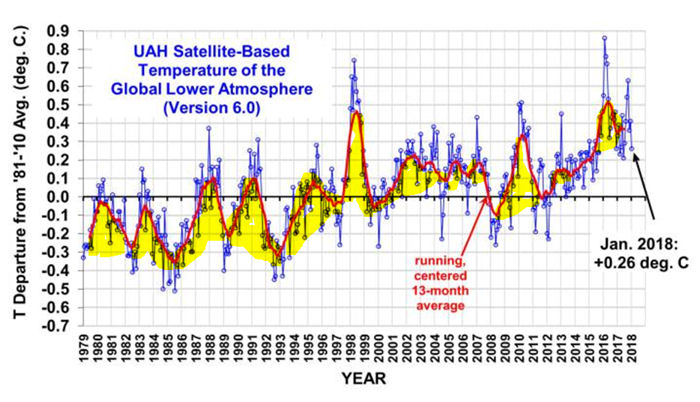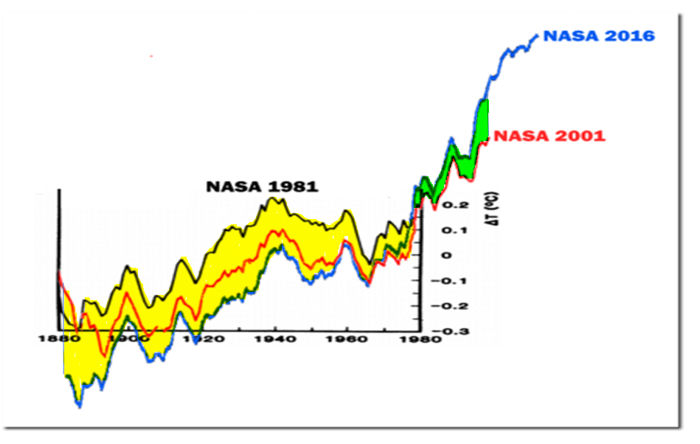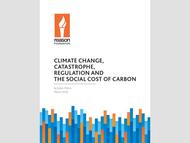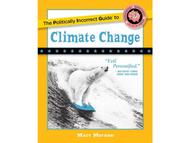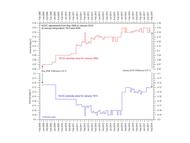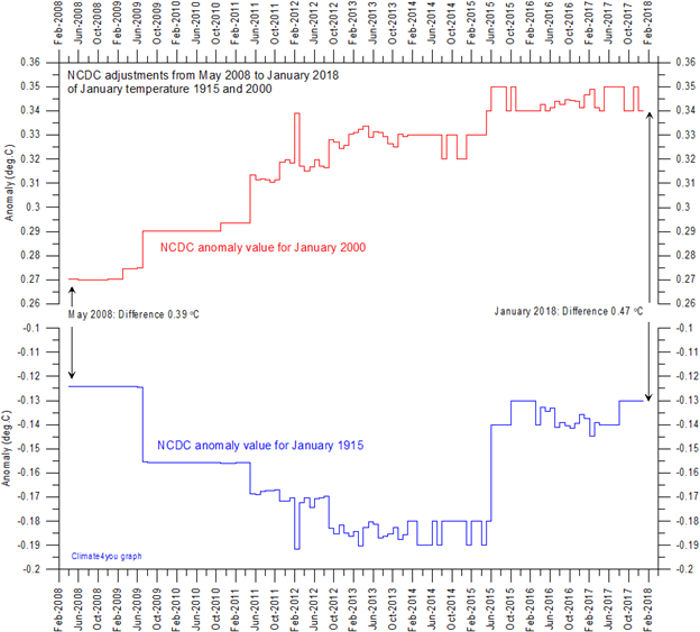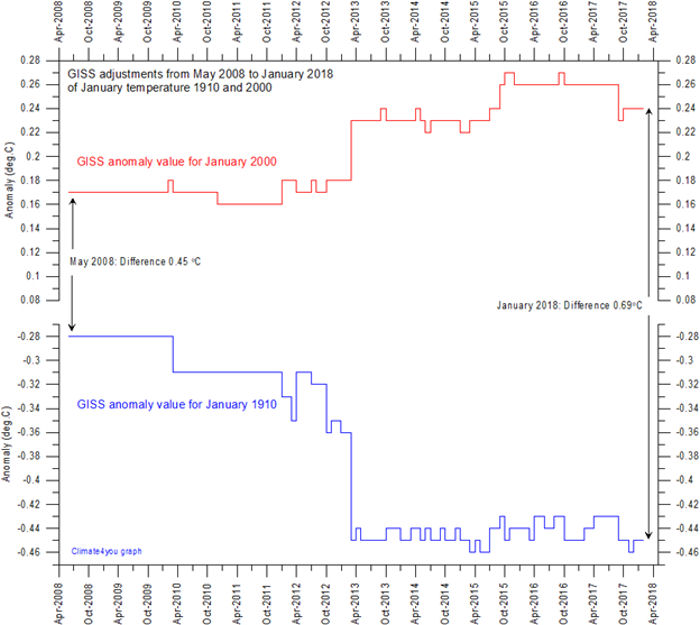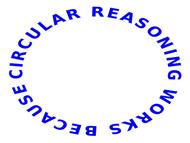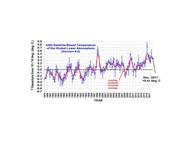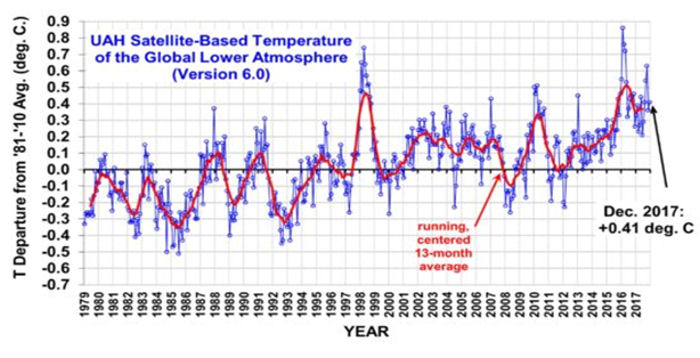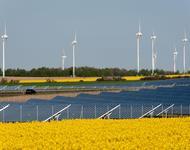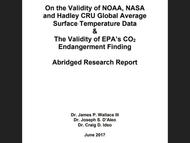The title of this commentary is the subtitle of the paper “Climate and Climate Change” on this site. The lyrics of the song “Camelot”, from the Broadway show of the same name, composed by Alan Jay Lerner and Frederick Loewe, are reproduced below.
ARTHUR:
It's true! It's true! The crown has made it clear.
The climate must be perfect all the year.
A law was made a distant moon ago here:
July and August cannot be too hot.
And there's a legal limit to the snow here
In Camelot.
The winter is forbidden till December
And exits March the second on the dot.
By order, summer lingers through September
In Camelot.
Camelot! Camelot!
I know it sounds a bit bizarre,
But in Camelot, Camelot
That's how conditions are.
The rain may never fall till after sundown.
By eight, the morning fog must disappear.
In short, there's simply not
A more congenial spot
For happily-ever-aftering than here
In Camelot.
Camelot! Camelot!
I know it gives a person pause,
But in Camelot, Camelot
Those are the legal laws.
The snow may never slush upon the hillside.
By nine p.m. the moonlight must appear.
In short, there's simply not
A more congenial spot
For happily-ever-aftering than here
In Camelot.
This song, first performed on Broadway in 1960, could well be the theme song of today’s climate change activists, who wish for and work for a return to some idealized past climate which they found to be, or believed to have been, comfortable and congenial. From their perspective, there should continue to be seasons, but they should occur on a consistent schedule; and, they should not include any extreme weather. There should be no early or late frosts and freezes. There should still be rain and snow, but there should not be too much or too little of either, especially at any given time.
Climate change activists have warned about the end of snow; and, of the end of sea ice and glaciers. They have warned about increasing droughts and floods, increasing and strengthening storms. They have continued these warnings in the face of decreasing storm frequency and intensity. They largely ignored the 12-year hiatus in major hurricane landfalls in the US, but immediately attributed the perceived increased intensity of recent storms to climate change, regardless of the absence of any data to support their contentions.
Certainly, the idealized Camelot never experienced “Snowmageddon”, “Bomb Cyclones”, “Super Storms”, “Polar Vortices”, “Biblical Floods”, “Mega-droughts”, or any of the other newly named events, all of which have occurred previously, without the benefit of their fancy (scary) new names. Climate change activists have extended the naming of storms, such as hurricanes, to snow storms and other events to further call attention to them, even though those events are not unique or even unusual.
There is no equivalent to the mythical Camelot in the real world. Most of the population of the earth lives in climates which bear no significant resemblance to Camelot; and, never have or ever will. Each of these climates has its unique characteristics, though these characteristics are not immutable. Climate change produces variations in the historical characteristics of the weather in these individual climates, but does not introduce new characteristics with no historical precedents.
Much of the adverse impact of severe weather events in any of these climates is the result of human decisions to risk exposure to weather events such as hurricanes and typhoons, tornadoes, monsoons, floods, blizzards, high winds, extreme cold and heat, etc. Other adverse impacts of non-weather events are the result of human decisions to risk exposure to earthquakes, volcanos, tsunamis, etc.
There is no data to support the assertion that any of these weather-related events have been affected, either positively or negatively, by the climate change which has been documented over the period since 1880 for which we have weather and climate data.
 The Right Insight is looking for writers who are qualified in our content areas. Learn More...
The Right Insight is looking for writers who are qualified in our content areas. Learn More...


